MIAMI—On a recent weekday afternoon, the Miami Design District’s many plazas and pedestrian walkways were a spectacle of multicolored murals and sculptures by world-renowned artists, architects and designers. Anchored by a massive geodesic dome designed by Buckminster Fuller, the neighborhood’s main plaza featured swaying palm trees and pastel blue and pink sculptures glistening under an azure sky. Luxury brands were ubiquitous, both in storefronts and on their young, well-heeled clientele, many wearing Hermès sandals, Cartier bracelets, and clutching Louis Vuitton and Chanel handbags.
Stores in the 30-acre neighborhood resemble miniature museums, with intricately built facades in metal, colored glass and even tree bark. There are two museums—plus an art school, a hotel, offices and soon residences. This Miami district was created over many years by the private-equity arm of luxury giant LVMH, which transformed the former warehouse district as part of an aggressive global real-estate strategy that is reshaping buildings, neighborhoods and whole city centers.
“All roads lead to real estate,” said Michael Burke, who is head of LVMH Fashion Group, the division that comprises eight of the conglomerate’s fashion brands, including Celine and Loewe, and has long worked on the company’s real-estate projects. When it comes to LVMH’s biggest property investments, he added, “we’re creating a city.”
LVMH, the owner of Louis Vuitton and Dior, has poured billions into properties around the world. In prime locations like Champs-Elysées, Fifth Avenue and Rodeo Drive, the company buys buildings to ensure its brands can remain in locations where they have spent decades building a presence. In up-and-coming areas like the Design District, LVMH largely dictates the neighborhood experience, from the location of trees, to which tenants are allowed in, to what artworks dot the many plazas and even the types of events that are held there.
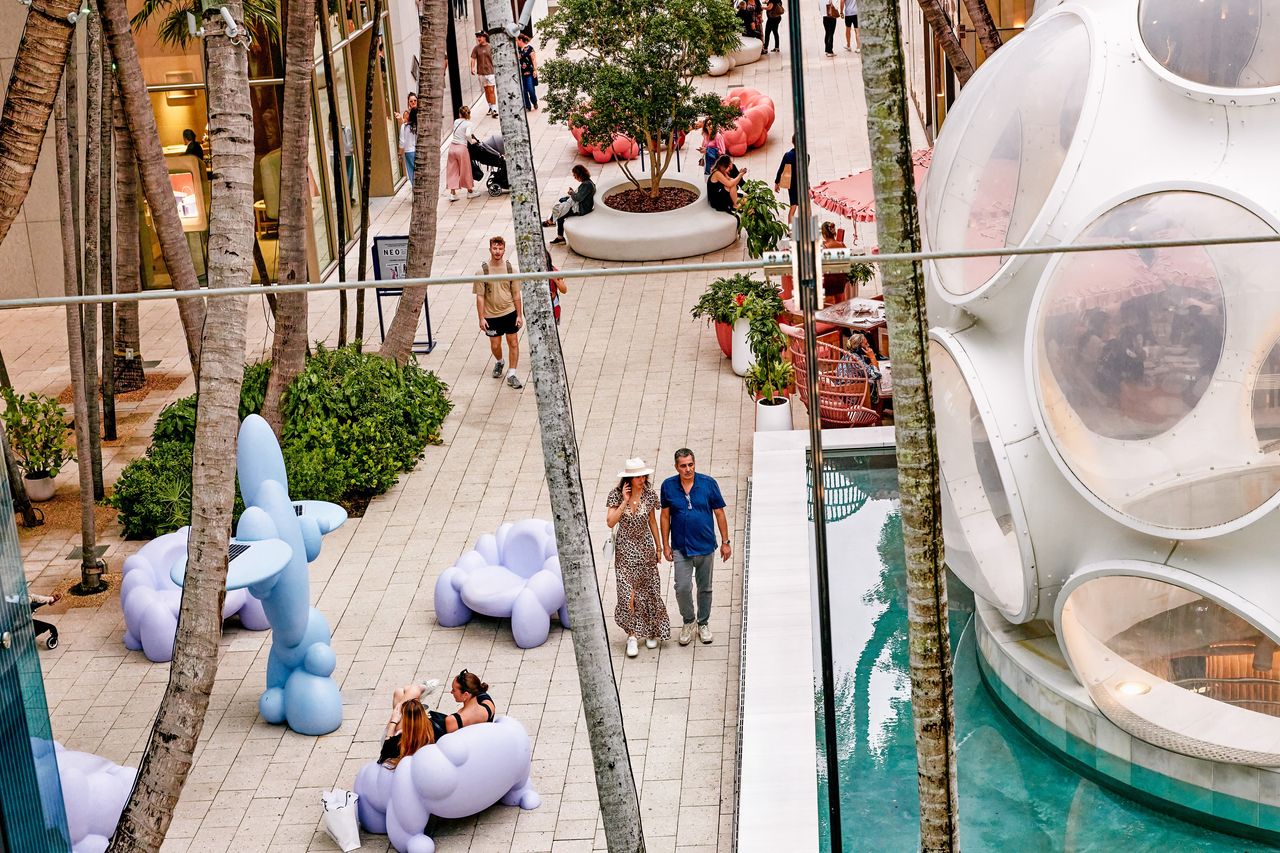
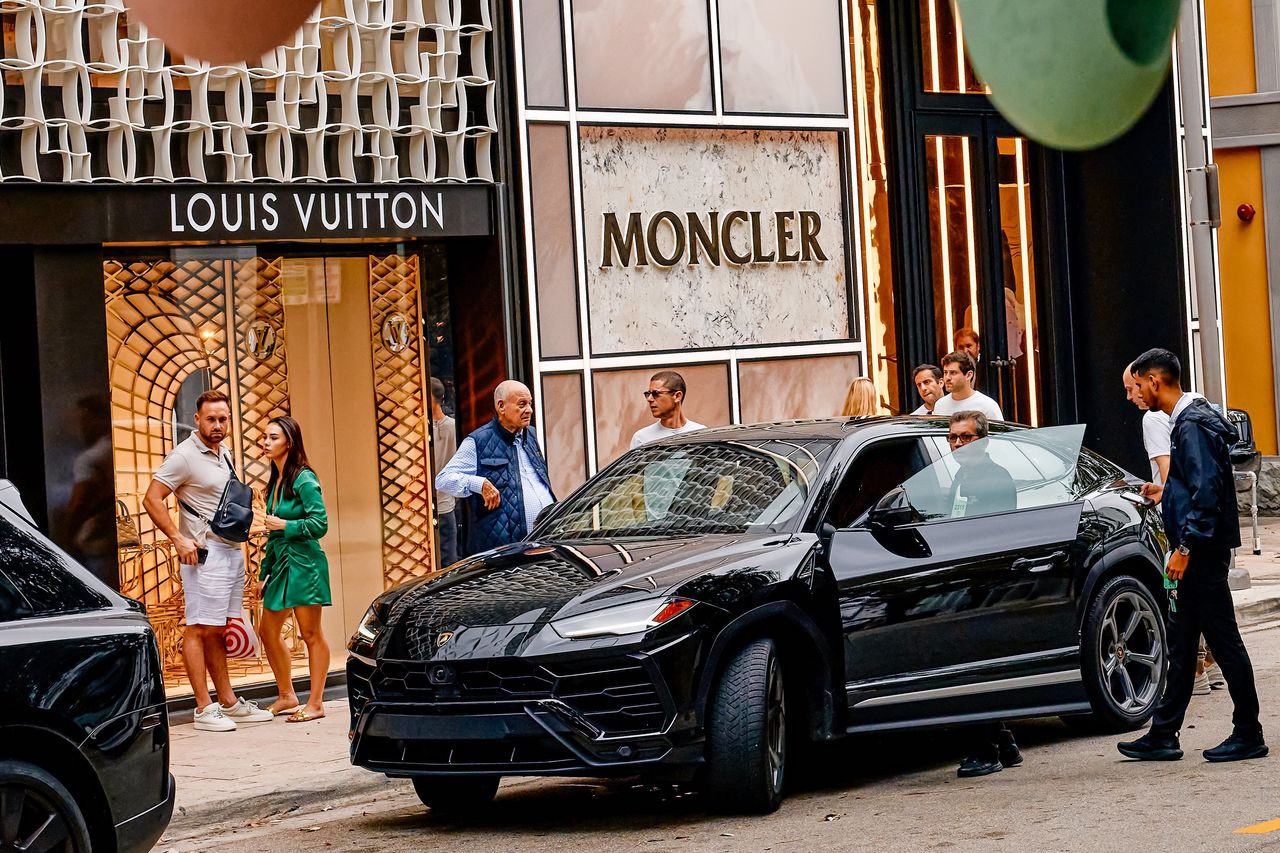
LVMH’s massive scale and deep pockets offer it a degree of control that is unmatched in the global luxury market. It’s a case of an industry leader pressing its advantage with potentially long-term consequences for rivals, customers and other real-estate developers. It’s also a massive bet that in-person retail will persist in the face of online shopping’s inexorable rise.
LVMH uses its own money to fund smaller real-estate developments like individual buildings. For bigger undertakings like the Design District, it also invests via L Catterton, a private-equity firm in which LVMH owns a 40% stake together with the family office of the company’s chief executive, Bernard Arnault, the world’s richest person.
The partnership with L Catterton reassures LVMH investors who want the company to focus its attention and resources primarily on luxury goods. It also allows for arm’s-length transactions with the company’s competitors, which Burke called necessary complements to LVMH brands in large, mixed-use luxury shopping centers.

In the Design District, LVMH claimed two of the four prime corners for Louis Vuitton and Dior, while the other two are occupied by Hermès and Cartier—both competitors.
“If we don’t have the competitors, we don’t have a new city,” said Burke.
Career detour
Burke, 67 years old, has been at Arnault’s side since before there was an LVMH—back when the luxury-goods CEO was a real-estate developer.
In the early 1980s after years of developing commercial real estate in France at his father’s company, Ferret-Savinel, Arnault set his sights on the U.S. He hired Burke to help, who had recently landed an internship with Jean Léon Arnault, Bernard Arnault’s father.
“He needed some young kid who was fluent in English,” said Burke, a son of an Irish-American father and a French mother.
Low-key and understated, Burke switches between French and English with ease. He is based in Paris, but spends time at his waterfront home in Miami Beach. Colleagues know him as an astute negotiator who possesses a rare combination of business acumen and a fine-arts sensibility. During the decade he served as CEO of Louis Vuitton, Burke tripled the brand’s revenue.
Burke’s and Arnault’s careers took a sharp detour in 1984, when Arnault, by then president of his father’s company, purchased Boussac, a bankrupt French textile company that owned the fashion brand Christian Dior.
That purchase launched Arnault’s career in the luxury-goods business and vastly expanded his real-estate empire. Boussac owned two Paris retail institutions that Arnault coveted: Le Bon Marché and La Belle Jardinière, some of the oldest department stores in the world. Arnault, now 75, still runs Le Bon Marché, and La Belle Jardinière now houses the offices of Louis Vuitton. It is one of the anchors of the Pont Neuf neighborhood, which LVMH has spent more than 15 years and about 750 million euros (about $800 million) redeveloping.
“We were reluctant real-estate developers,” said Burke, referring to Arnault and himself. “We were frustrated architects.”
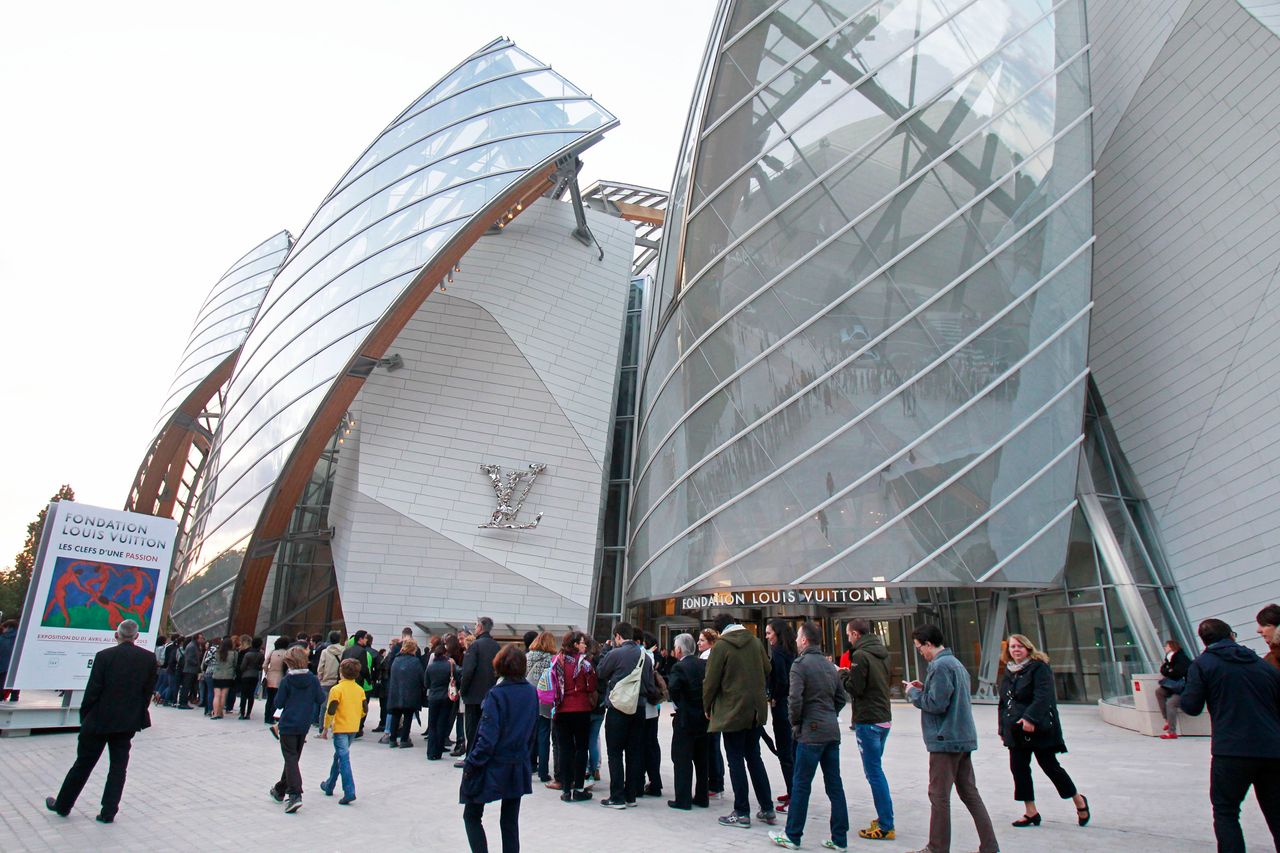
They often partner with Pritzker Prize-winning architects. Frank Gehry designed the Louis Vuitton Foundation Museum in Paris and has designed a series of luxury handbags for the brand.
Gehry is perhaps best known for designing the Guggenheim Bilbao, the museum that led to the coining of the phrase “Bilbao effect”—the idea that word-class architecture can have a place-making effect on a city, contributing to its revitalization and economic growth.
“To this day we’re in awe of Frank Gehry,” said Burke, referring to Arnault and himself. “When you go to his office in L.A. it’s a quasi-religious experience.”
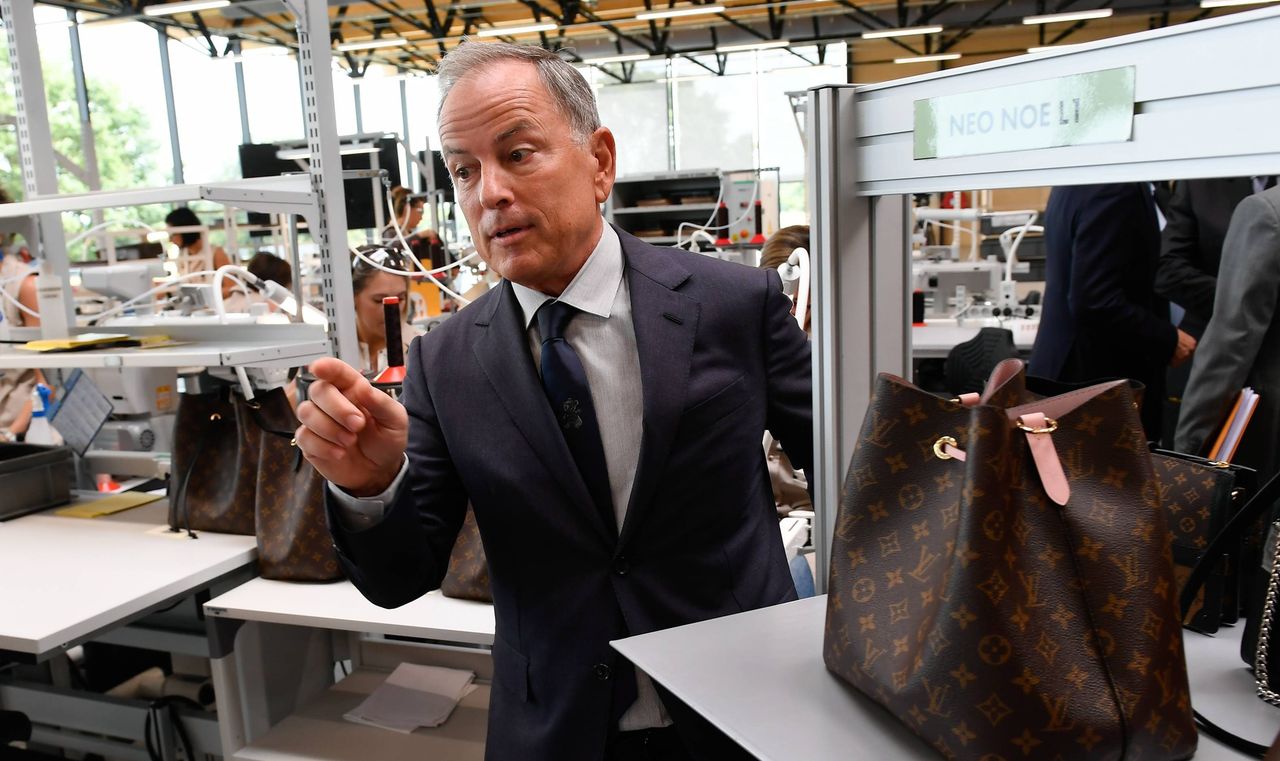
That place-making magic is part of what LVMH wants to harness in its developments.
“We take something that does not exist and when we’re done a city center has been created with the residential, retail, and cultural aspects to it,” said Burke. “Most of our brands were brands that had fallen on hard times. Just like this real estate, we bought it because it was derelict. In ruins.”
Burke says it’s the approach the company used with Dior, which he says was “basically a licensing organization” when Arnault purchased it.
A center of gravity
“It does make sense to create the center of gravity,” said Luca Solca, a luxury-goods analyst at brokerage Bernstein. “You create even more critical mass to attract these consumers.”
In addition to the urban redevelopments, LVMH has spent about €3.5 billion since 2007 acquiring properties in New York, Los Angeles, London and Paris, according to Bernstein.
LVMH’s competitors are trying similar strategies, albeit on a smaller scale, in places like Paris, London and New York.
But no competitor can match the scope and ambition LVMH brings to real-estate development and urban planning.
LVMH, with a market capitalization of about $400 billion, presides over 75 brands including Moët Hennessy, Dior and Tiffany. That gives it the resources to buy and develop entire communities.
The strategy is primarily focused on creating the most iconic settings possible for the company’s brands.
“We make handbags, we’re vintners. It sounds like a hodgepodge,” said Burke. “It all makes sense when you say we’re urban planners. Good urban planning is taking all aspects of life and lifestyle and bringing them together in one place.”
The company spent about €2 billion last year acquiring properties in Paris, according to Bernstein, mostly on Avenue des Champs-Elysées, where it is redeveloping its Louis Vuitton flagship and other major retail locations ahead of the Paris Olympics this summer.

A more extensive project concluded in 2021, when the renovated La Samaritaine department store reopened in a somewhat neglected area near the Louvre Museum. LVMH’s renovations reduced the 19th-century department store’s retail footprint by two-thirds and added a hotel from its five-star Cheval Blanc brand, a children’s daycare and 96 public-housing units.
The company also transformed the surrounding retail district known as Pont Neuf, closing the entrance to an underground parking garage to build a plaza.
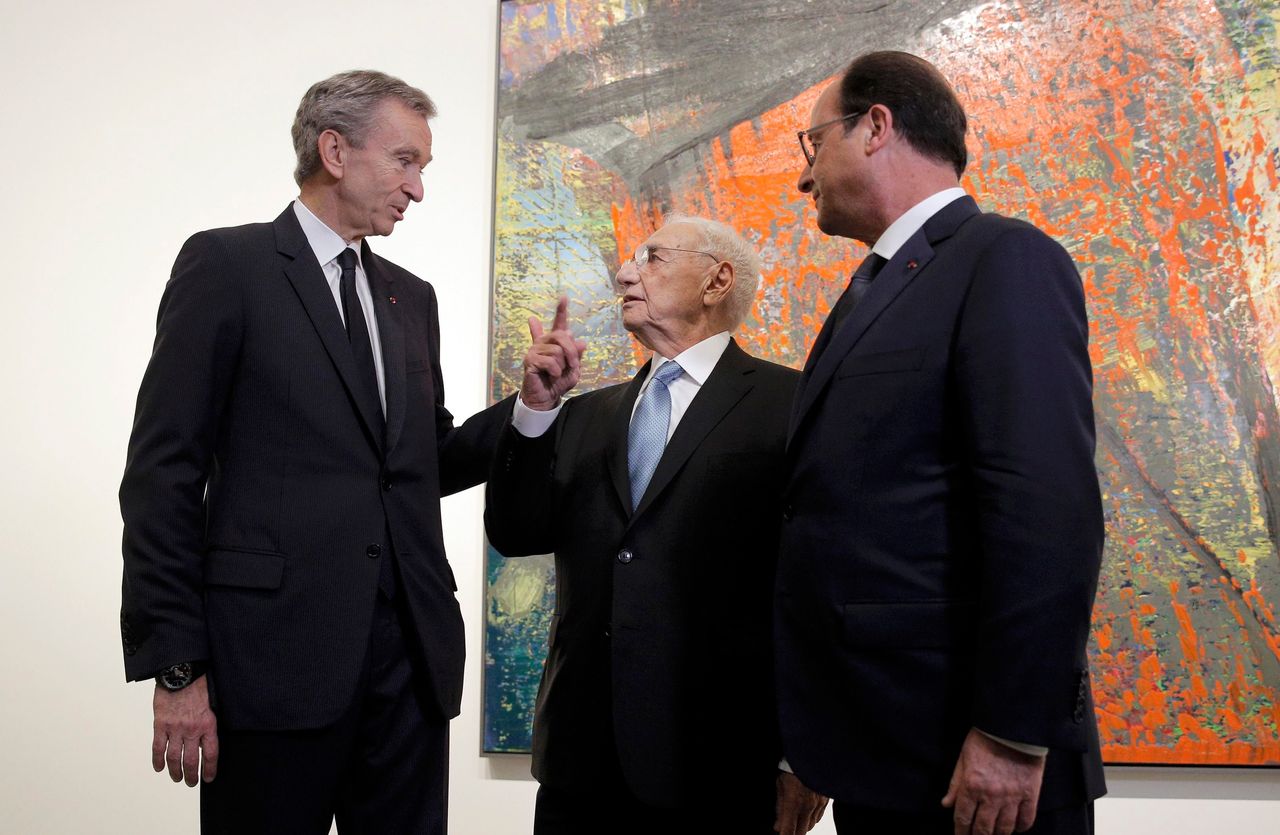
To be able to develop high-street real estate in a less luxurious neighborhood like this one, said Burke, LVMH needed to assemble a critical mass—enough land that they could control the entire area and therefore elevate the experience to something that would be a fitting environment for their luxury brands.
“Everyone thought we were crazy by putting a Cheval Blanc in that area,” said Burke. “People didn’t realize we had assembled enough square footage to take that risk.”
At an awards ceremony last year in France, Arnault said his real-estate experience taught him to combine entrepreneurship and creativity in projects to add a “creative, inventive dimension that made them stand out.” It’s a philosophy that Burke says is core to the way the company rehabs the brands it buys, and the communities it redevelops.
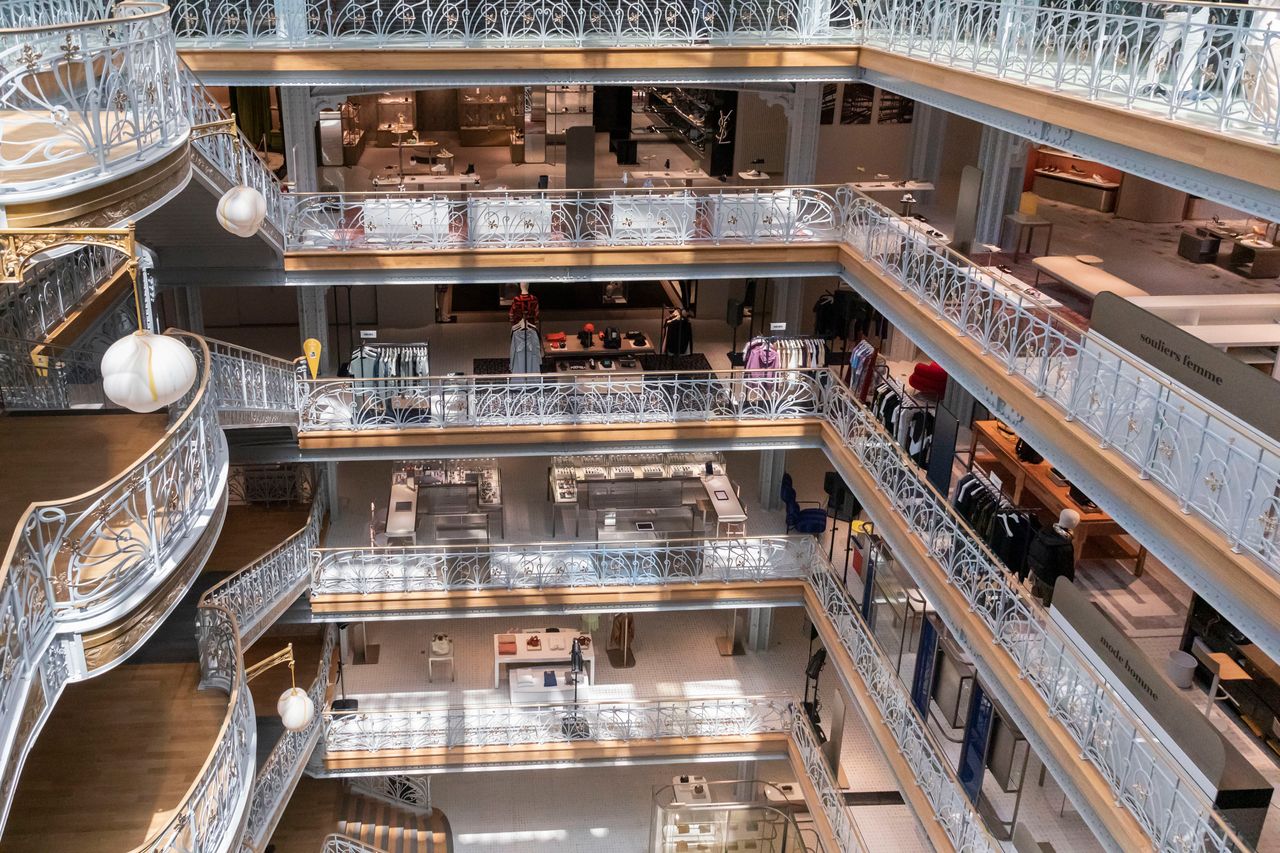
Urban planning
In 2010, Burke said, he persuaded Arnault to deepen the company’s real-estate investments with a foray into urban planning. The pitch: a partnership with a local developer to redevelop a Miami warehouse district into a luxury shopping destination.
Burke and Miami developer Craig Robins felt the luxury-goods operator could create buzz in the neighborhood by merging luxury-goods sellers with the local artists who inhabited the district.
Arnault was an easy sell, but executives at the company’s brands opposed the idea because it required them to move out of the area’s dominant luxury mall, Bal Harbour Shops, and into a gritty, underdeveloped environment. Now, says Burke, some of those same brands are competing for more space in the Design District, which many report is their top-performing U.S. store.
In New York, the iconic Tiffany flagship reopened last spring after a three-year renovation that some analysts estimate cost $500 million. The interior windows of the ground-floor showroom where Audrey Hepburn’s character shopped in the 1961 film “Breakfast At Tiffany’s” have been replaced by video screens that project scenes of Central Park and the Manhattan skyline.
The luxury conglomerate’s strategy carries risks. The return on investment in real estate is relatively low. The industry is currently beset by increased construction costs, skyrocketing insurance premiums and interest rates, and plummeting office market values. Last year LVMH conceded defeat after losing a voter referendum to redevelop a Beverly Hills, Calif., property it bought in 2018 for $245 million into a Cheval Blanc hotel.
In 2017, L Catterton jumped into a $2 billion redevelopment project in the Vancouver suburbs, in a predominantly blue-collar neighborhood where a local developer was turning an old shopping mall into a master-planned neighborhood with retail, residences and offices.
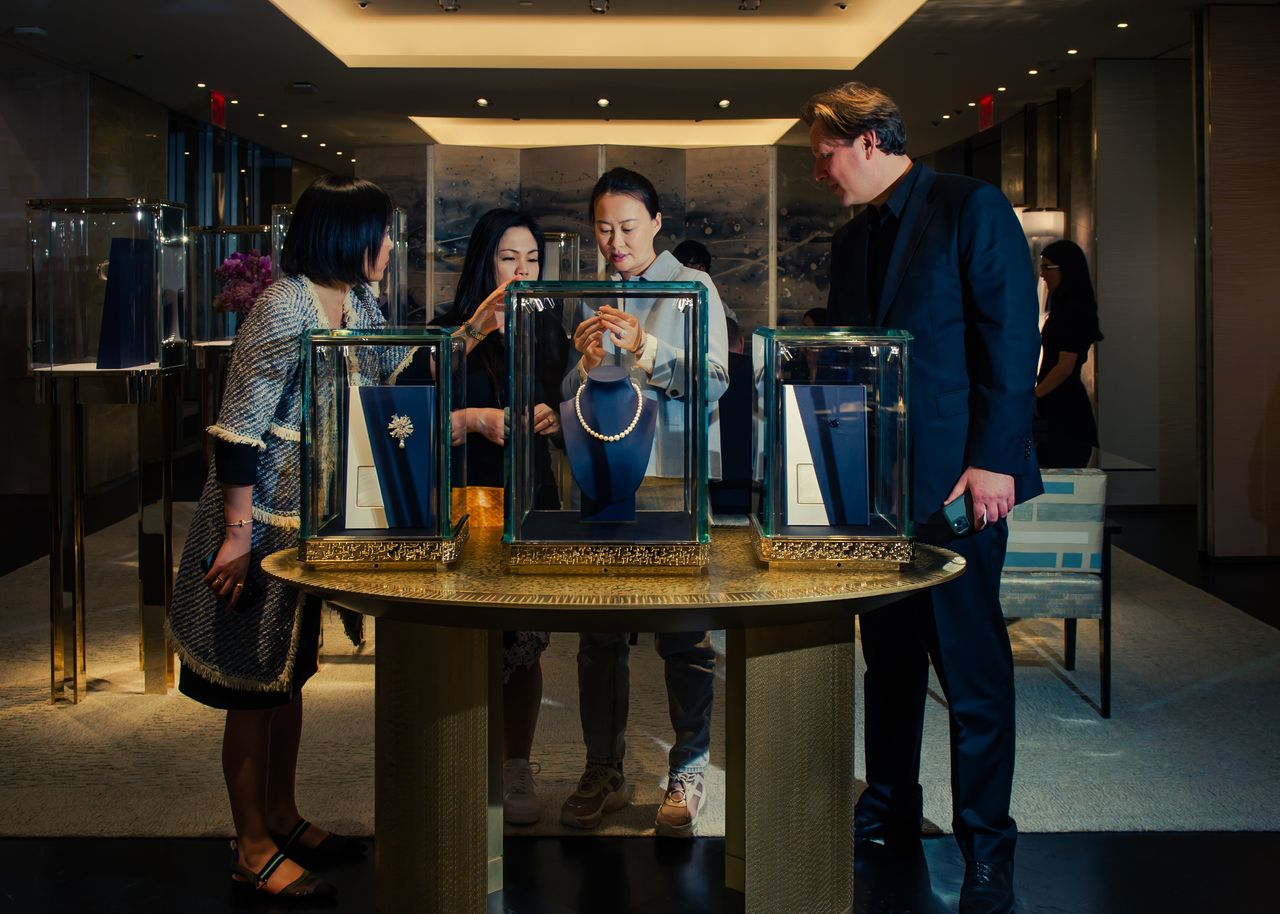
The project never took off as a luxury-shopping destination, and high-end retailers, including Louis Vuitton, instead ended up committing to another mall-redevelopment project in a more affluent area.
Like all real-estate developers, LVMH also contends with its share of community pushback. Its Pont Neuf redevelopment in Paris faced lawsuits over their plan to demolish and redevelop one of the facades of La Samaritaine with a modern, undulating glass design. And in Montreal, local residents worry that a large retail project will snarl traffic and cannibalize the city’s downtown.
In that city, LVMH, through L Catterton, is working with a local developer who spent years acquiring 80 acres of land in what used to be a light-industrial part of the city’s center. The $1.5 billion first phase of Royalmount, a luxury mixed-use retail development scheduled to open this year, is to include shopping, dining, an open-air central park and an elevated highline-style walkway.
In a promotional video for the development, Burke said Montreal was the only other city where he saw as much potential as he’d seen in Miami for this kind of project.
LVMH’s influence is clear. L Catterton’s real-estate head, Mathieu Le Bozec, is the former head of an LVMH real-estate affiliate that merged with Catterton in 2016 to create L Catterton.
“We don’t do a project unless we’ve spoken to LVMH,” Le Bozec said.
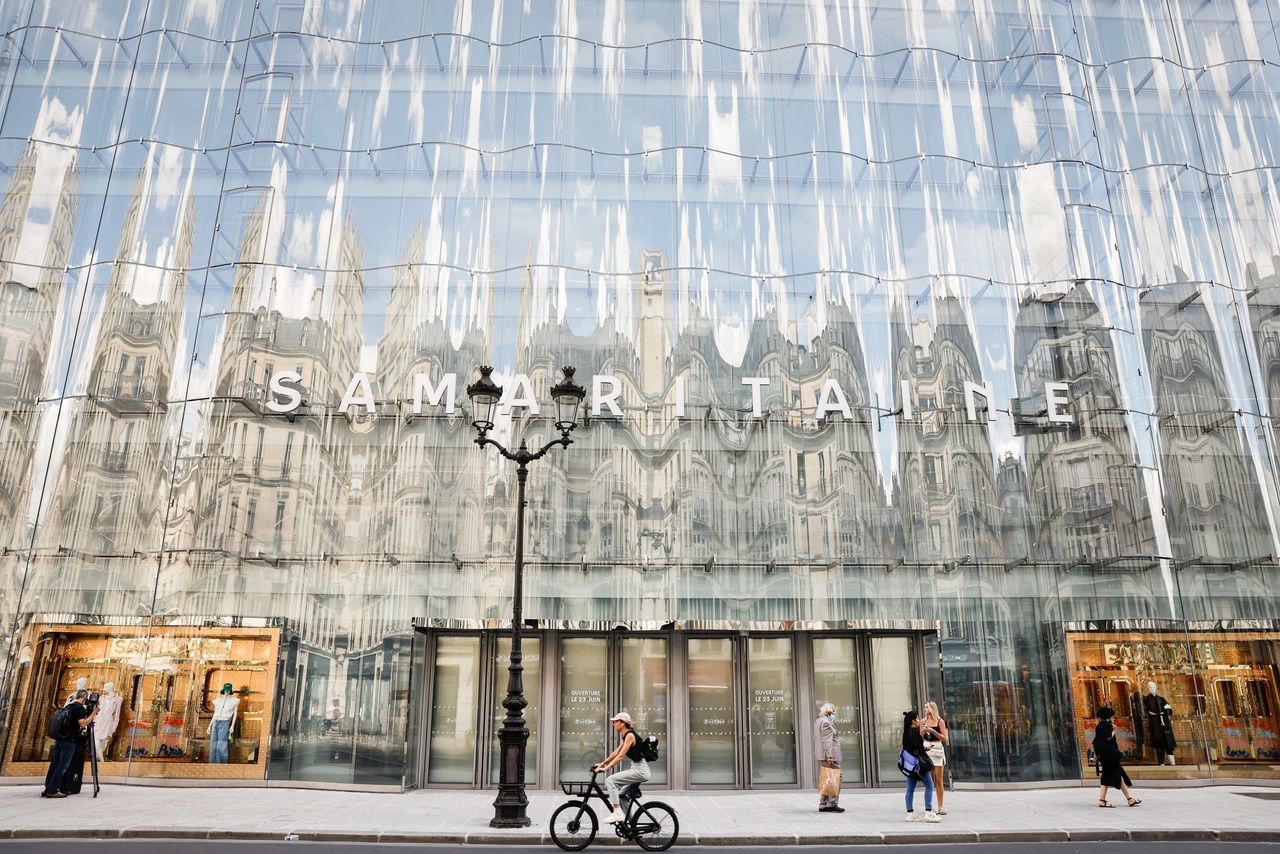
Write to Deborah Acosta at [email protected] and Kate King at [email protected]
News Related-
Russian court extends detention of Wall Street Journal reporter Gershkovich until end of January
-
Russian court extends detention of Wall Street Journal reporter Evan Gershkovich, arrested on espionage charges
-
Israel's economy recovered from previous wars with Hamas, but this one might go longer, hit harder
-
Stock market today: Asian shares mixed ahead of US consumer confidence and price data
-
EXCLUSIVE: ‘Sister Wives' star Christine Brown says her kids' happy marriages inspired her leave Kody Brown
-
NBA fans roast Clippers for losing to Nuggets without Jokic, Murray, Gordon
-
Panthers-Senators brawl ends in 10-minute penalty for all players on ice
-
CNBC Daily Open: Is record Black Friday sales spike a false dawn?
-
Freed Israeli hostage describes deteriorating conditions while being held by Hamas
-
High stakes and glitz mark the vote in Paris for the 2030 World Expo host
-
Biden’s unworkable nursing rule will harm seniors
-
Jalen Hurts: We did what we needed to do when it mattered the most
-
LeBron James takes NBA all-time minutes lead in career-worst loss
-
Vikings' Kevin O'Connell to evaluate Josh Dobbs, path forward at QB
